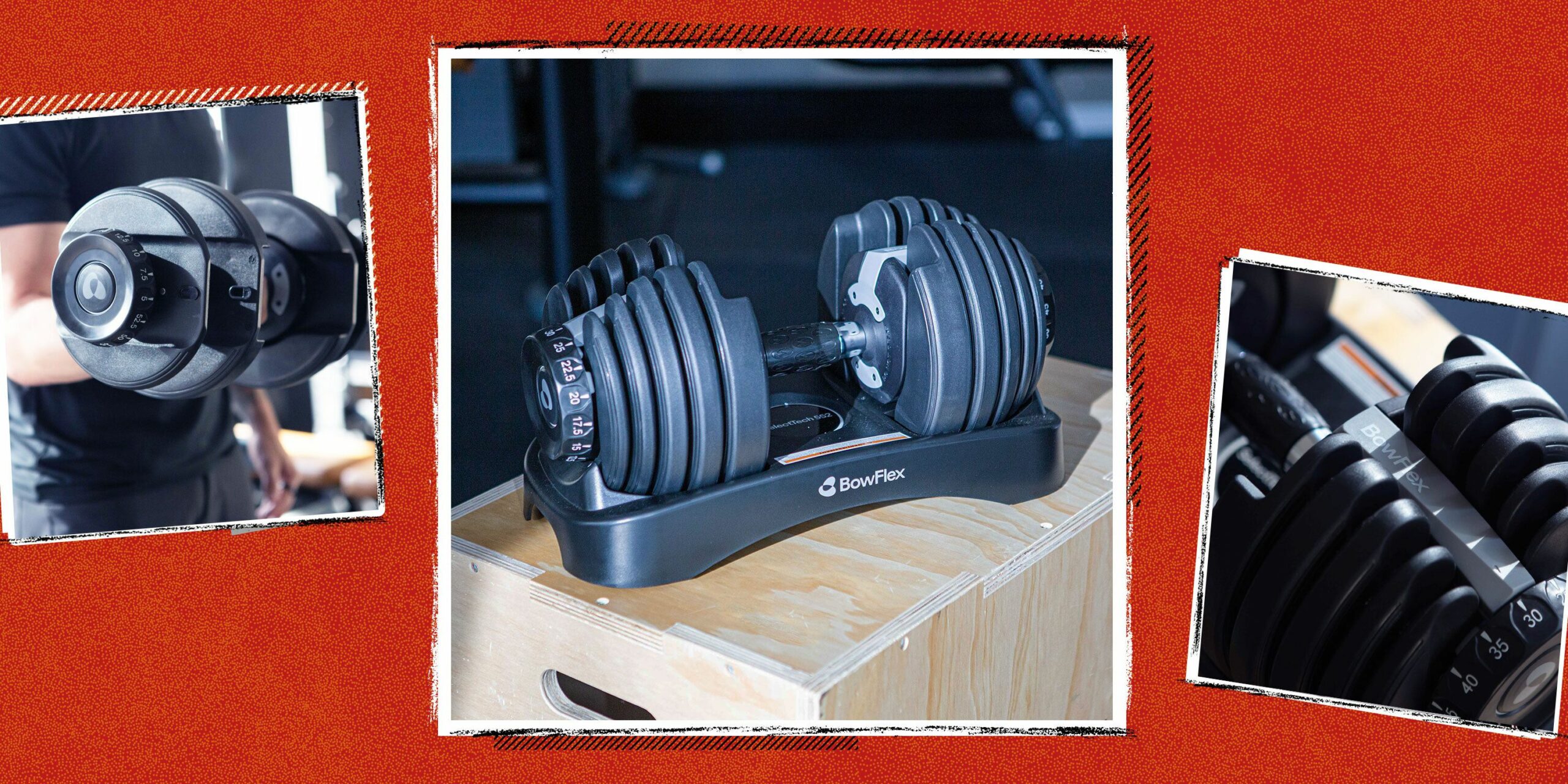Unlocking the Metabolic Ceiling: The Shocking Truth That Could Transform Your Body—But Only If You’re Ready to Pay the Price!
Ever caught yourself wondering just how many calories your body could torch if you pushed it to the absolute limit? Like, is there some secret metabolic ceiling that no human can bust through, no matter how much you sweat it out? Well, it turns out scientists were pretty curious about this, too. They took a deep dive into the world of extreme athletes — think ultramarathoners pounding the pavement for days on end — to figure out just what our bodies are really capable of when it comes to burning energy. Spoiler alert: While some athletes obliterate 7,000 to 8,000 calories a day during epic races, your metabolism probably isn’t designed to dance at that crazy tempo forever. So, can you train your way to smashing this “calorie ceiling,” or is it a hard stop set by your biology? Let’s peel back the layers on this metabolic mystery. LEARN MORE
WHAT’S THE MAXIMUM number of calories a human body can burn per day from exercise, and is it possible to shatter this ‘metabolic ceiling’ over time? A recent study published in Current Biology set out to explore this question.
Specifically, the researchers measured calorie data from extreme athletes, like ultramarathoners who run races spanning hundreds of miles and multiple days. “Every living thing has a metabolic ceiling, but exactly what that number is, and what constrains it, is the question,” says Andrew Best, PhD, a biological anthropologist at the Massachusetts College of Liberal Arts and lead study author.
Here’s what they learned.
The maximum amount of calories the human body can burn.
Researchers recruited 14 ultra-runners, cyclists, and triathletes, and tracked them as they trained and competed. During that time, participants drank water that contained deuterium and oxygen-18, which are slightly heavier versions of hydrogen and oxygen that flush out in urine. By tracing those molecules, the scientists were able to see the amount of carbon dioxide the athletes exhaled and through this, measure how many calories they burned.
The researchers found that some athletes burned six to seven times their basal metabolic rate during multi-day races. According to the study, this was equivalent to burning 7,000 to 8,000 calories a day.
Basal metabolic rate is the minimum amount of energy your body needs for life-sustaining functions like breathing and regulating body temperature, when you’re at rest. Generally, the average man has a BMR of about 1,696 calories per day. The average woman has a BMR of around 1,410 calories per day. (Learn how to calculate your own BMR here.)
While these ultramarathoners experienced an extreme calorie burn, running through 7,000 to 8,000 calories is not something your metabolism can continue to do for extended periods. When researchers looked at how the athletes burned calories over of 30 and 52 weeks, they found that the athletes’ calorie burn rates were closer to 2.5 times their basal metabolic rate.
The number is much smaller than previous research, which estimated metabolic ceilings as 10 times your BMR. And while extreme athletes have shown it is possible to push and increase overall metabolic rates, a ceiling still remains.
Your metabolic ceiling is the amount of energy your body can burn before maxing out, says Jill Kropa, MD, a sports medicine specialist and assistant professor in the department of family medicine and community health at Rutgers University. “The body has ways to compensate to prevent this [energy] expenditure from being sustained for too long, thereby capping the overall long-term expenditure.”
What are your chances of reaching your metabolic ceiling?
In short, the average gym goer will likely never even reach their metabolic ceiling. Doing so would be incredibly difficult, and only technically possible if your body is built like an extreme athlete’s.
To put into context: it would take running about 11 miles a day for a year to get to an overall metabolic rate that’s 2.5 times your BMR. “Most people, including me, would get injured before any sort of energetic limit comes into play,” says Best, who is also an endurance athlete.
And really, you probably don’t even want to reach that level.
Kropa emphasises that the metabolic ceiling is there for a reason. When you hit it for too long, the musculoskeletal damage from overtraining can raise the risk of injury and increase recovery time.
“Long term, it’s unsustainable because your body will start to break down its tissue, and you’ll shrink,” Best adds. Your brain knows it too, and sends out signals to unconsciously get you to cut back on using energy in other ways. “Your brain has a really powerful influence on how much you fidget, how much you want to move, and how encouraged you are to take a nap,” says Best. “All these fatigues we feel save calories.”
How to (realistically) push your limits.
“For the vast majority of non-professional athletes, consistency in physical activity is more important than very intense or highly sustained energy expenditure,” says Alex McDonald, MD, a family physician who specializes in sports medicine and head team physician for the California State University of San Bernardino. You can’t expect to do a single high-intensity workout and think it will rev up your metabolism long-term.
For non-extreme endurance athletes, Best suggests eating enough calories, especially carbohydrates to keep your body fueled. This might seem counterproductive—but once you have the energy, then you can focus on increasing your training volume and durability, he says.
Korin Miller is a freelance writer specializing in general wellness, sexual health and relationships, and lifestyle trends, with work appearing in Men’s Health, Women’s Health, Self, Glamour, and more. She has a master’s degree from American University, lives by the beach, and hopes to own a teacup pig and taco truck one day.
Jocelyn Solis-Moreira, MS is the associate health & fitness for Men’s Health and has previously written for CNN, Scientific American, Popular Science, and National Geographic before joining the brand. When she’s not working, she’s doing circus arts or working towards the perfect pull-up.




















Post Comment